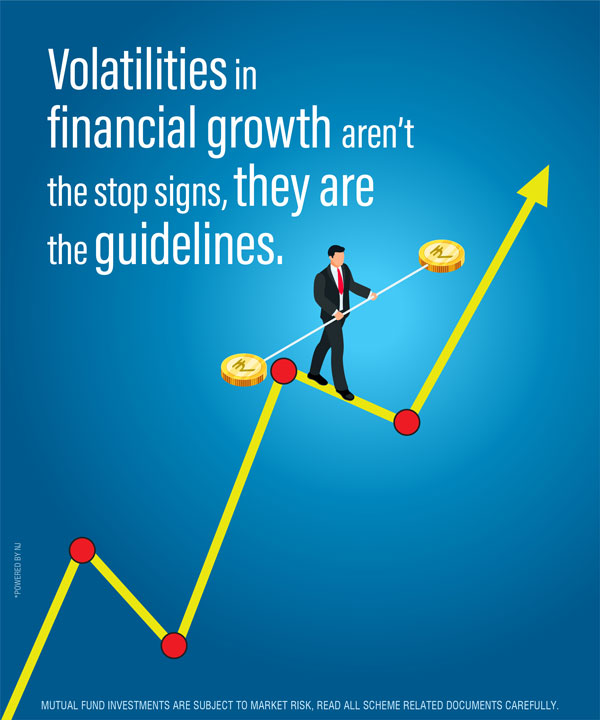
6 INVESTMENT LESSONS FROM CHANAKYA TO ACHIEVE FINANCIAL SUCCESS
Whether you are an investor or not, it is pretty certain that you must have heard about the famous Chanakya or his Nitis.
Chanakya was not only a greatest scholar, economist, and political strategist but also a proponent of astute financial management. His teachings, encapsulated in the treatise “Arthashastra,” offers valuable insights for modern-day investors striving for financial success in life. From political strategies to governance and management skills, he excelled in all areas. Chanakya’s ideas and principles were so influential that they are still considered management axioms today.
In this blog, we explore Chanakya’s enduring wisdom, his teachings to unearth valuable investment lessons for enhanced financial management and success. While the era may differ, the core principles of strategy, foresight, and skills remain as pertinent today as they were centuries ago.
It’s always advisable to outline a comprehensive plan before embarking on any endeavor, and this principle holds true for investment as well. Establishing a clear plan is paramount to success in investments. Without defined objectives, navigating questions such as where to invest, how much to invest, and for how long can be daunting.
However, when you align your investments with specific needs, the entire investment process becomes more streamlined. By understanding your objectives, you gain clarity on the duration of your investment horizon. This, in turn, enables you to determine the required investment amount and the most suitable investment vehicles to attain your target. If you don’t know where you are heading, it doesn’t matter how quickly you run!
Furthermore, syncing your investment with your needs encourages you to remain committed to your investment strategy. It serves as a deterrent against impulsiveness, which can be your greatest enemy in financial endeavors.
This advice from Chanakya underscores the significance of establishing an emergency fund, which is vital for ensuring financial security and stability. An emergency fund serves as a financial safety net, enabling individuals to address unexpected financial challenges such as adverse market movements, medical expenses, significant home or vehicle repairs, job loss, and more. Financial experts typically recommend maintaining an emergency fund to cover at least six months’ worth of expenses. In adverse situations, an emergency fund meets your daily needs so that you don’t have to tap into your long-term investments. Emergency funds help you stay afloat without relying on loans or credit cards, thus, prevent you from falling into a debt trap.
Over the past few decades, stock markets have experienced several corrections triggered by various factors such as pandemics, scams, and economic downturns. However, regardless of the cause or the severity of the decline, equity markets have always bounced back in the subsequent years.
During periods of market corrections, many investors panic and sell off their investments at a loss. This behavior often converts potential paper losses into real ones. However, investors who demonstrate patience and remain invested typically emerge as the most satisfied in the long run.
Observations can be a powerful teacher. Not all lessons require personal experience. Astute investors glean insights from others’ missteps, safeguarding their own finances by avoiding similar errors. For instance, if a pattern emerges of consistent losses in penny stocks among peers, why expose oneself to that risk? Both in management and investments, lessons often come at a high cost and are best absorbed through observations. Many renowned investors have candidly shared their mistakes in books or autobiographies. Only after a thorough comprehension of market mechanisms should one venture into investment.
The principle of not going overboard applies to investments too. Putting too much into any single asset class can backfire. That’s why diversification is a cardinal rule of investing. Diversifying across various asset classes like stocks, bonds, and gold offers better downside protection, ensuring a more stable investment journey, as not all investments perform well simultaneously.
The growth or decline of your investments hinges on how effectively you manage your money. Investing in well-regulated products like Mutual Funds or NPS, where qualified professionals manage your money, can make your wealth work for you. Conversely, taking the DIY route might seem like a money-saving option initially, but it can be risky as you could encounter mistakes that would ultimately result in greater expenses down the line.

INDIAN MUTUAL FUND INDUSTRY: THE YEAR GONE BY
This astounding growth rate of over 35% marks the highest since fiscal 2021, driven by robust market performance, increased participation of individual investors and evolving investment strategies.
The category saw net inflows of Rs. 1.84 lakh crore in the FY 2024, as compared to an inflow of over Rs 1.47 lakh crore in the last fiscal year.
Equity markets represented by Nifty 50 total return index (TRI) and Nifty 500 TRI increased by around 33% and 44% respectively, during the fiscal year.
In terms of AUM growth, multi asset allocation funds emerged as the highest category within the hybrid funds marking the growth of 153%, followed by Arbitrage funds with the growth of 127%. However, in terms of assets, dynamic asset allocation / balanced advantage funds emerged as the largest category with assets of nearly Rs 2.50 lakh crore as of March 2024.
Money market and liquid funds saw the largest absolute asset gains among debt mutual fund categories, totaling Rs 40,000 crore and Rs 31,000 crore respectively. Money market funds also saw the second-highest percentage rise in the fiscal year, at 37%.
The total inflow into all the mutual fund schemes through SIPs stood at nearly Rs 2 lakh crore, 28% higher than Rs. 1.55 lakh crore recorded in the previous financial year. This shows increasing investor confidence and commitment to disciplined investing.
SIP assets stood at Rs 10.71 lakh crore as of March 2024, accounting for more than 20% of the industry assets. Further, the number of SIP accounts reached nearly 8.4 crore with approx 17 lakh new accounts added per month.
Investment in mutual funds will become even more accessible as a result of the ongoing digital adoption, attracting new participants from smaller towns and cities. Regulatory reforms and investor education programs can further boost investor participation and trust in the industry. India’s rising millennial and youth demographic presents a vast opportunity for the mutual fund industry. This dynamic and tech-savvy generation can become the industry’s driving force in the coming days.
However, it is important to consider economic factors, regulatory changes, and investor sentiment for navigating the journey ahead.

